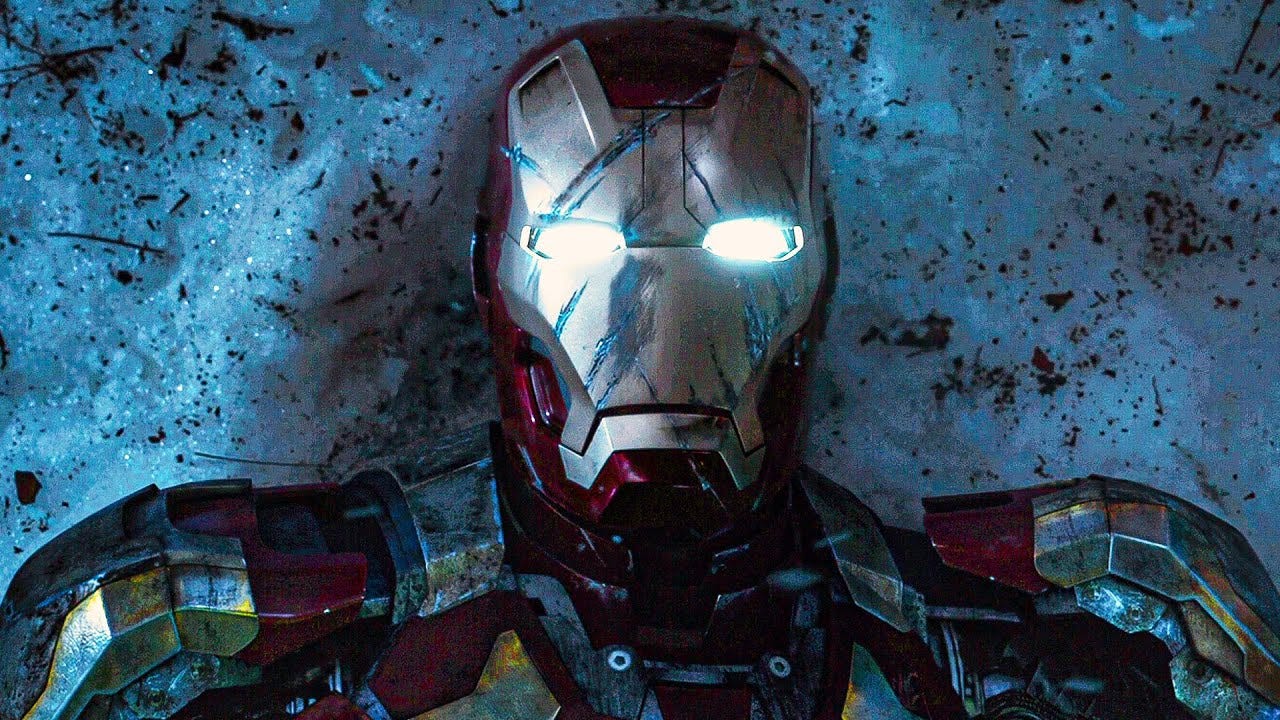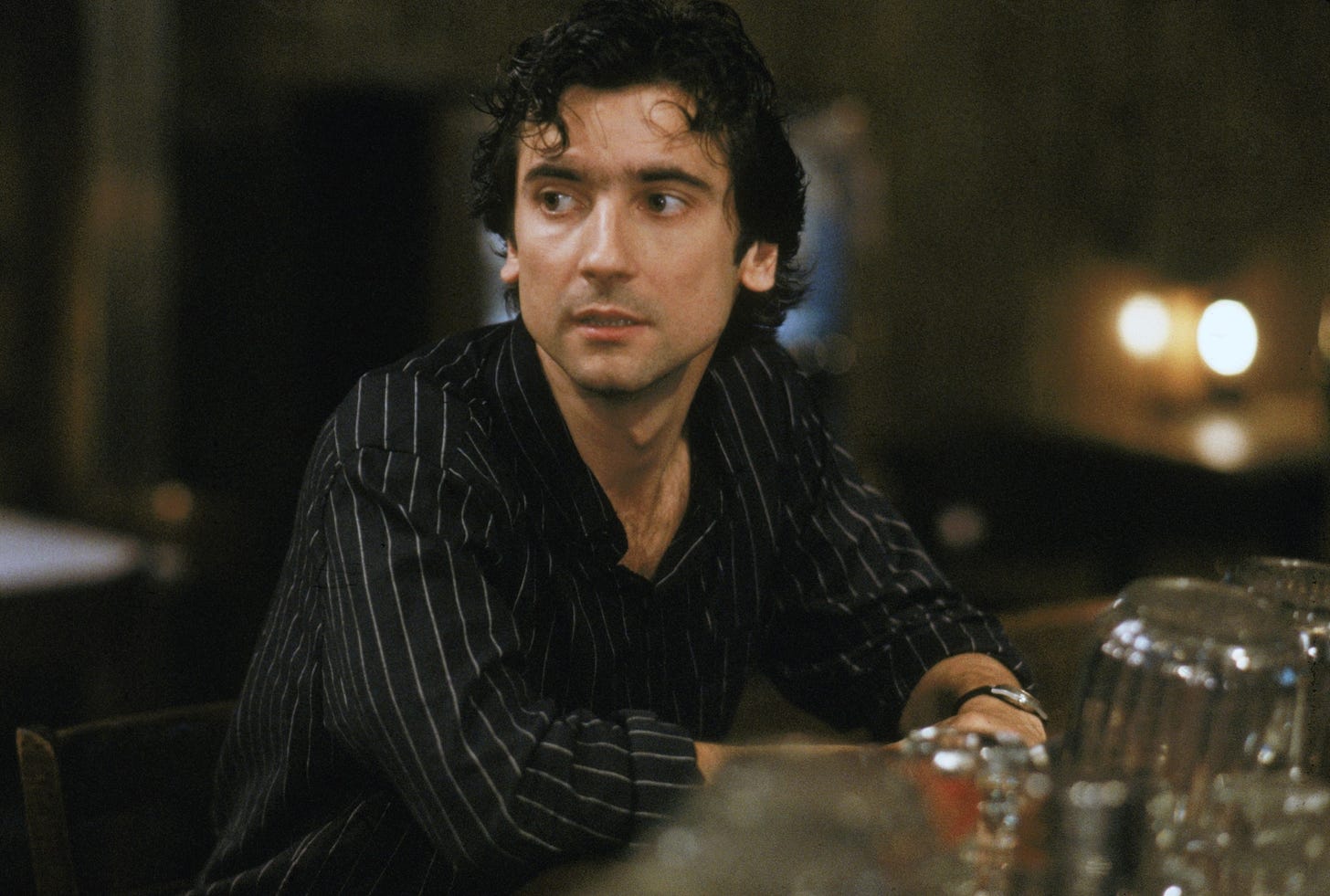A Year Without Marvel
Plus: a review of 'Made Men: The Story of Goodfellas,' by Glenn Kenny
The Marvel Machine Stalls Out

Here’s a weird factoid for a weird year: For the first time since 2009, there won’t be a film from the Marvel Cinematic Universe.
Ever since Iron Man burst onto screens in 2008, he and his pals—Captain America, Thor, the Guardians of the Galaxy, even Captain Marvel—have been a near-constant presence in our lives. Every few months, like clockwork, there’d be another Marvel production. Under the steady hand of Kevin Feige, the man whom friend-of-the-newsletter John Podhoretz accurately designated the single greatest and most important producer of motion pictures since Irving Thalberg, the Marvel machine churned out hit after hit. Commercial hits and critical successes, the MCU culminated its 11-year run of cinematic dominance with the release of Avengers: Endgame in 2019, the highest-grossing film of all time.
Nothing, it seemed, could stop the Marvel train. Spider-Man: Far from Home helped transition into a Tony Stark-less universe following Iron Man’s death at the end of Endgame, and a brand new “phase” of the films was scheduled to begin in May of this year with the release of Black Widow. But Marvel has met its match. Like a supervillain pinpointing a hero’s sole weakness, Feige and his machine have stalled. It’s not that audiences got tired of the Marvel magic. And it’s not that Marvel’s competitors have figured out something better.
Marvel, like so many other industries, had no resistance to the coronavirus. The end came swiftly. All over the calendar, their titles began to stop and fall: Black Widow was pushed back again this week, this time to May of next year; Shang Chihas been pushed back to July 9; and Eternals will now appear in theaters next November.
Maybe. Maybe not.
Marvel’s bind is not unique: following the disastrous performance of Tenet at the domestic box office, distributors everywhere are wary. WB has already delayed Wonder Woman 1984 again and it wouldn’t be shocking to see Dune fall next. Universal execs look like geniuses for pushing their whole slate back a year when COVID first struck.
Studios simply cannot make tentpole-level money via premium video on demand (PVOD) releases. The latest effort was Marvel’s parent company Disney’s effort to release the live-action Mulan for $30 via the Disney+ platform. Some rather foolish people seized on a report from Yahoo Finance that suggested the film earned more than a quarter-billion dollars in its first weekend domestically as proof, PROOF, that studio chiefs and their recalcitrant directors were idiots for not dumping their $200-million-budgeted films on PVOD.
The only idiots were the people who took that figure at face value; more reasonable estimates put Disney’s take in the mid-$30 million range. Not bad, I guess. But not nearly good enough to make tentpoles profitable via PVOD. Hence Black Widow and the rest of our big-budget entertainments getting pushed back. Hence no mad rush to move anything with a budget above mid-range to PVOD.
Hence our year without Marvel.
Review: Made Men: The Story of Goodfellas,
by Glenn Kenny (Amazon)

One thing that jumps out as you scan the table of contents in Glenn Kenny’s extensive look back at one of our most rewatchable movies is the rather large discontinuity between chapters four and five. Chapter Four (A Martin Scorsese Picture, Scene by Scene) starts on page 67; its successor, Chapter Five (All the Songs) starts 163 pages later, on page 230. The other chapters are, generally, 10 to 20 pages in length.
The whole book is interesting, from the education in how Scorsese and his team acquired the rights to Nicholas Pileggi’s Wise Guy to Kenny’s interview at the end of the book with Scorsese. However, it’s that 163-page section that makes it a must-read. Not merely for fans of Goodfellas, but also for anyone interested in writing about film in a way that transcends most discussion of the medium. One imagines that reading this section is a bit like attending one of Kenny’s classes at NYU, where he is a professor; a discussion of the way Scorsese uses the techniques of cinema to pull emotional reactions out of the audience is, in Kenny’s hands, expertly woven together with a discussion of Scorsese’s career and the state of the cinematic discourse, all while giving us little crash courses on the work of actors like Joe Pesci.
One brief example: “In pictures such as this one and Casino, Scorsese is apt to shift perspectives with no warning and little regard for conventional linear verisimilitude,” Kenny writes of the director’s decision to offer multiple voiceover POVs in these pictures. “The kind of French New Wave-derived license used in these cases constitutes a kind of dare Scorsese gives himself: How often can he remind the viewer that they’re watching a movie and still keep them emotionally invested in the happenings on-screen?”
His breakdown of the moment when Karen (Lorraine Bracco) discovers Henry’s (Ray Liotta) mistress is visiting him in jail is also fascinating, and a reminder that even brief moments—mere seconds of screen time—involve intense effort and artistry in the best motion pictures. It’s not just expert editing by Thelma Schoonmaker mixing together “twelve shots in eleven seconds” without leaving us disoriented; it’s also prop master Bob Griffon realizing early in production that he’d need a variety of signatures in numerous hands to ensure that this particular prop, which would likely get the close-up treatment in a key scene, would look real. How did Griffon get the prison sign-in ledger to look just right?
“It was literally us going around constantly to anybody who passed through the show and getting them to sign a name and a time as in and out in order to make the book look right. Because Marty, the thing about Marty is, you have got be prepared that almost anything can get inserted. He loves inserts and will do them to death, so you have to be ready for all that,” Griffon tells Kenny in an interview.
One amusing element of Made Men is Kenny’s barely constrained contempt for much of The Discourse, as we snidely refer to what passes for cultural conversation on social media. Here he is on the absurd charge that Scorsese’s films tacitly endorse what they’re depicting: “What’s ‘problematic’ with Scorsese’s portrayals, one supposes, is that there’s never a character who comes along and gives anyone a talking-to about how racism is bad.” (All too many people react to art like this, as it happens.)
At one point Kenny suggests that a podcast “ranking” “moments” in “gangster movies” headed by populist critic Shea Serrano “provides arguable proof that cinema is a failed art form” because the podcasters “reduce movies to anthologies of ‘cool’ or shocking moments, as opposed to fictions whose circumscribed worlds aspire to create beauty or sorrow or horror or joy in some formally coherent whole.” And don’t even get him started on the stupider responses to The Wolf of Wall Street.
Indeed, the one thing I found myself wanting more of from this book was a radical takedown of the state of film writing. I imagine Kenny could put together a corker of a book focused on the rejection of writing about cinematic technique as a means of understanding what the team of artists behind any given movie hope to accomplish. To say nothing of the willing stupidity that leads people to conflate depiction and endorsement and the rise of the Hot Take Economy.
Until then, though, Made Men will more than suffice. It’s a quick read about a great movie. I highly recommend it.
Assigned Viewing: After Hours (HBO Max)

One of the interesting subcurrents of Made Men is the precarious state of Scorsese’s career following the failure of The King of Comedy, a relatively expensive picture that did relatively little business. In the interview with Scorsese that serves as an epilogue to Made Men, Scorsese notes that studios were trying to get him to direct movies like Witness and Beverly Hills Cop—“even The Golden Child”—as he sat in director jail.
It’s fascinating to think about what might have been. But what we got turned out pretty well too. The Color of Moneywould be the film to spring him from the hoosegow, but the darkly comic After Hours—about an ordinary guy trying to survive the crazier aspects of New York City—set Scorsese on the path to freedom. Shot cheaply and in a guerilla style reminiscent of his work on Mean Streets, After Hours is a great little bit of sub-100-minute fun.


